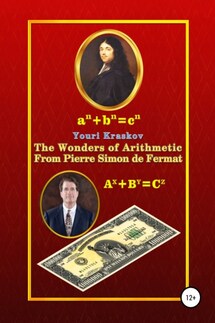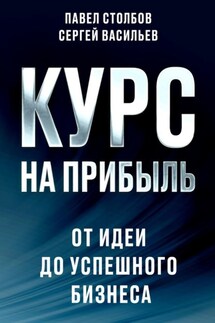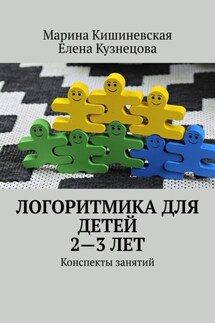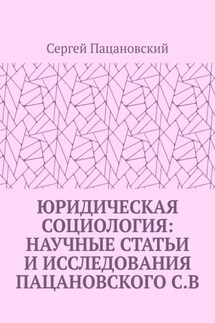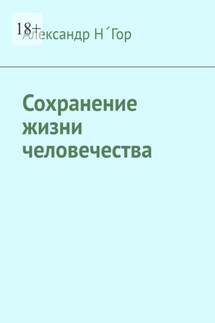The Wonders of Arithmetic from Pierre Simon de Fermat - страница 48
How it wouldn't be surprising, the essence of this method is quite simple. In the case when there are as many equations as there are unknowns in them, such a system is solved by ordinary substitutions. But if there is only one equation with several unknowns, then it can be very difficult to establish whether it can even have any solutions in integers. In this case, the numbers supposed as solutions can be expressed in the form of another equation called the “Key Formula” and then the result can be obtained by solving a system of two equations. Similar techniques when some numbers are expressed through others, have always been used by mathematicians, but the essence of the key formula is in another, it forms exactly that number, which reflects the essence of the problem and this greatly simplifies the way to solving the original equation. In such approaches and methods, based on an understanding the essence of numbers, in fact also lies the main superiority of Fermat over other scientists.50
To make it possible to follow the path that Fermat once laid, you need to find the starting element from the chain of events leading to the appearance of the FLT, otherwise there will be very little chance of success because everything else is already studied far and wide. And if we ask the question exactly this way, we will suddenly find that this very initial element was still in sight from 1670, but since then no one has paid any attention to it at all. However, in fact, we are talking about the very problem under number 8 from the book II of Arithmetic by Diophantus, to which also Fermat’s remark was written, became later a famous scientific problem. Everyone thought that this simple-looking problem has no difficulties for science and only Fermat had another opinion and worked for many years to solve it. As a result, he not only obtained it, but in addition to this he secured to his name unfading world fame.
4.1.2. Diophantus' Task
The book entitled “Arithmetic” by Diophantus is very old however, probably it appeared not in III as it was thought until recently, but in the XIV or XV century. In those times when yet there were no print editions, it was a very impressive in volume manuscript consisting of 13 books, from which only six ones reached us. In today's printed form this is a small enough book with a volume of just over 300 pages [2, 27].
In France an original Greek version of this book was published in 1621 with a Latin translation and comments from the publisher, which was Bachet de Méziriac. This publication became the basis for Fermat's work on arithmetic. The contents of the book are 189 tasks and solutions are given for all them. Among them are both fairly simple and very difficult tasks. However, since they have been solved, a false impression is created that these tasks are not educational, but rather entertaining ones i.e., they are needed not to shape science, but to test for quick wit. In those times, it could not have been otherwise because even just literate people who could read and write were very rare.
However, from the point of view the scientific significance of the presented tasks and their solutions, the creation of such a book is not something that to the medieval Diophantus, but to all scientists in the entire visible history would be absolutely impossible. Moreover, even at least properly understanding the contents of the Euclid's "Elements" and the Diophantus' "Arithmetic" became an impossible task for our entire science. Then naturally, the question arises how did the authors of these books manage to do such creations? Of course, this question also arose in science, but instead of answering it only retains its proud silence. Well, then nothing prevents us from expressing our version here.
